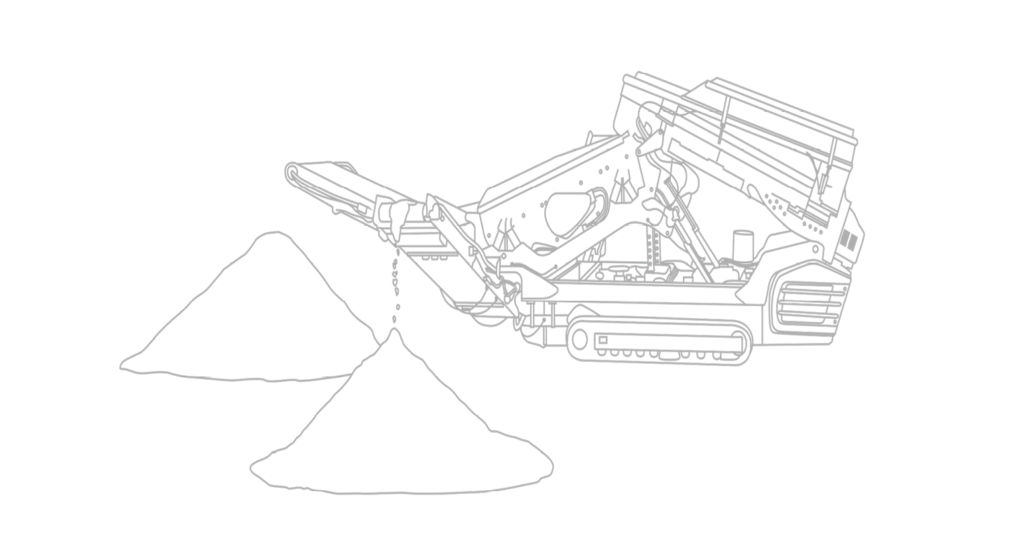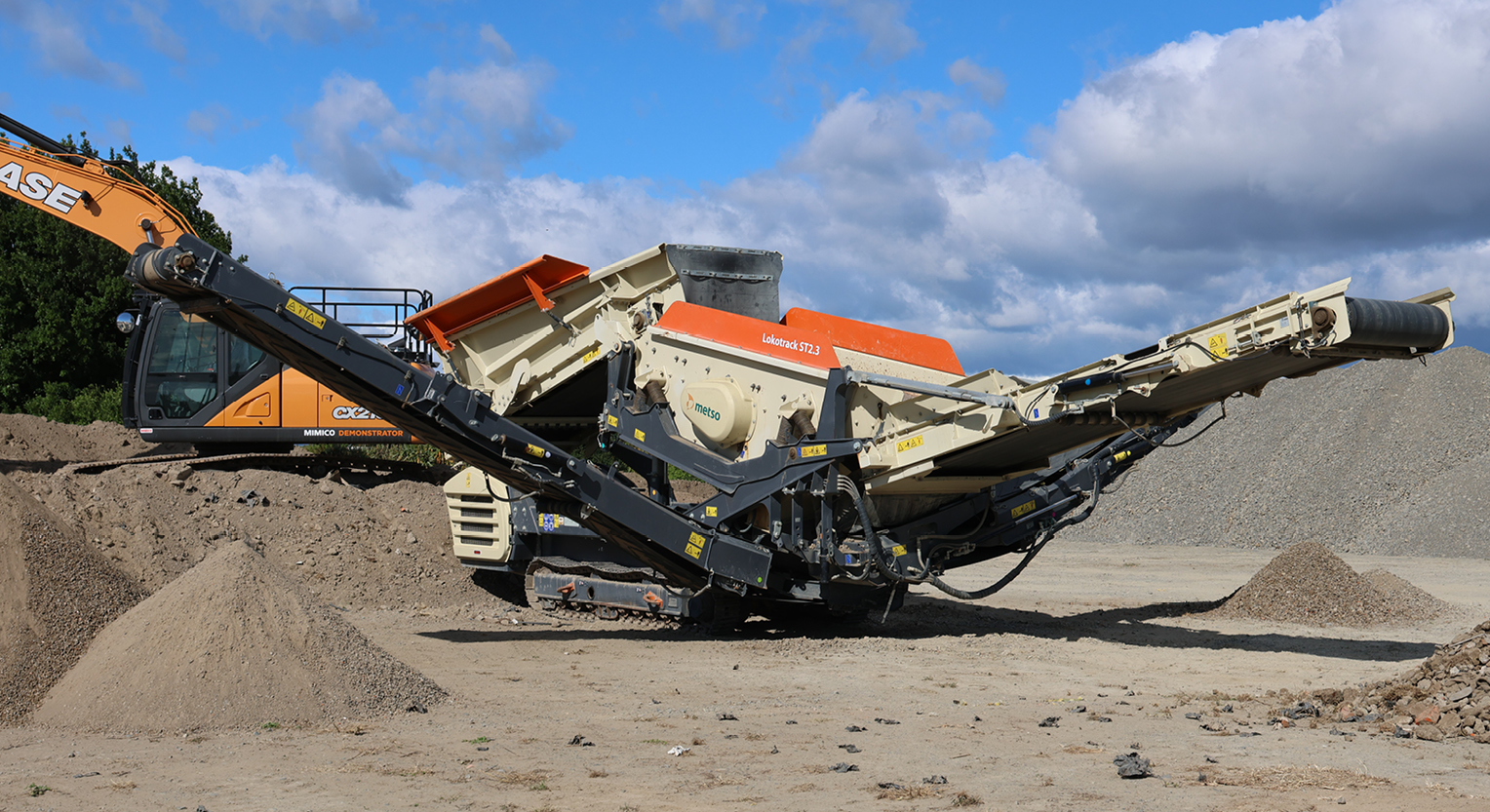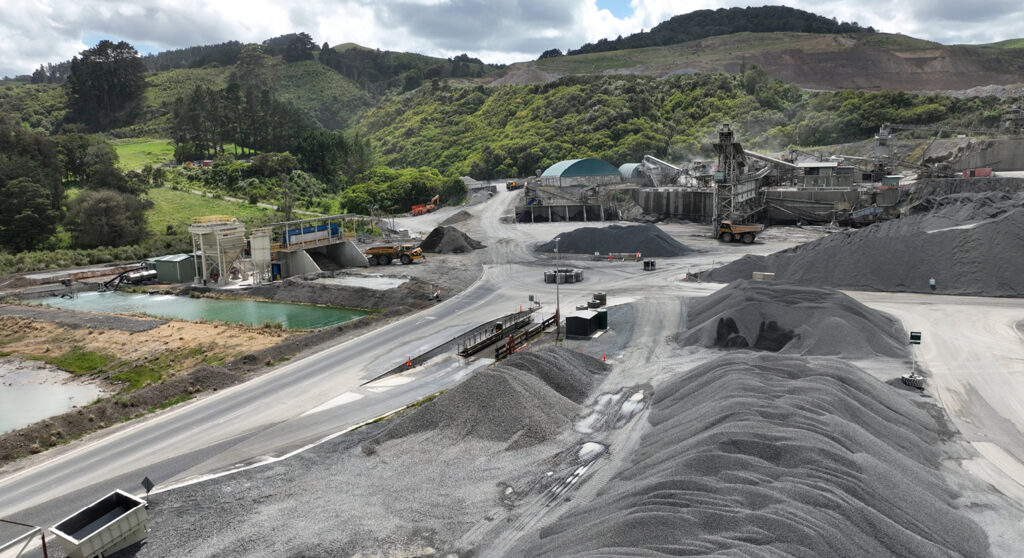Screening plants.
Screening plants separate raw or crushed feed into defined sizes, improving material quality and streamlining production across crushers, conveyors, and wash systems.
Scalping, sizing, and classification
accurate material seperation.
Screening plants are used to sort raw and crushed material into defined sizes. They play a critical role in production efficiency, enabling consistent spec material output and removing fines or oversize from the stream.
Available in both mobile and fixed configurations, screening plants are selected based on capacity, application, and site access. Whether for topsoil, aggregates, demolition waste, or processed rock, the right screen keeps your operation moving.
Select mobile or fixed to match your needs.
choose by configuration.
finance that works for you
Get tailored finance solutions to spread the cost of your screening plant investment. Quick approvals, competitive rates, and terms that work with your cashflow.
A screen for every job
The full line-up.
Key crushing Features
more about crushers.
MULTI-DECK EFFICIENCY
Can be available in 2-deck, 3-deck, or 4-deck layouts to allow for simultaneous separation of multiple material sizes in one pass.
CONFIGURED FOR OUTPUT CONTROL
Scalping screens remove oversize early; classification screens ensure consistent gradation; trommel and specialty options suit complex or sticky materials.
INTEGRATED FEED & TRANSFER
Built-in hoppers, conveyors, and adjustable screen angles support smooth material flow and reduce site setup complexity.
DURABLE AND SERVICEABLE BUILD
Designed for long shifts and heavy feed volumes, with reinforced frames and vibration-resistant mounts. Quick access to screenboxes, drive units, media decks, and tensioning systems minimises service time and keeps plants operating between scheduled stops.

Learn More
need answers?
Frequently Asked Questions.
What is the difference between scalping and classification screens?
Scalping screens remove coarse oversize early in the process, protecting downstream equipment. Classification screens separate material into precise size ranges to match final product specs.
How do I choose between mobile and fixed screening plants?
Mobile plants are ideal for projects with changing locations or layouts. Fixed plants are best for high-volume, permanent sites with consistent feed and infrastructure.
What materials can be processed with screening plants?
Screening plants can handle topsoil, sand, gravel, aggregates, demolition waste, compost, and processed rock. Media selection is critical for material type and moisture levels.
How do I reduce blinding and pegging in screen media?
Using appropriate media types (e.g. punch plate, woven wire, or self-cleaning panels), maintaining proper moisture control, and adjusting screen angle or vibration settings can help reduce blockages.
What are the maintenance requirements for screening plants?
Routine tasks include checking screen tension, inspecting bearings, clearing buildup, and replacing worn media. Easy-access designs help reduce downtime between shifts.


